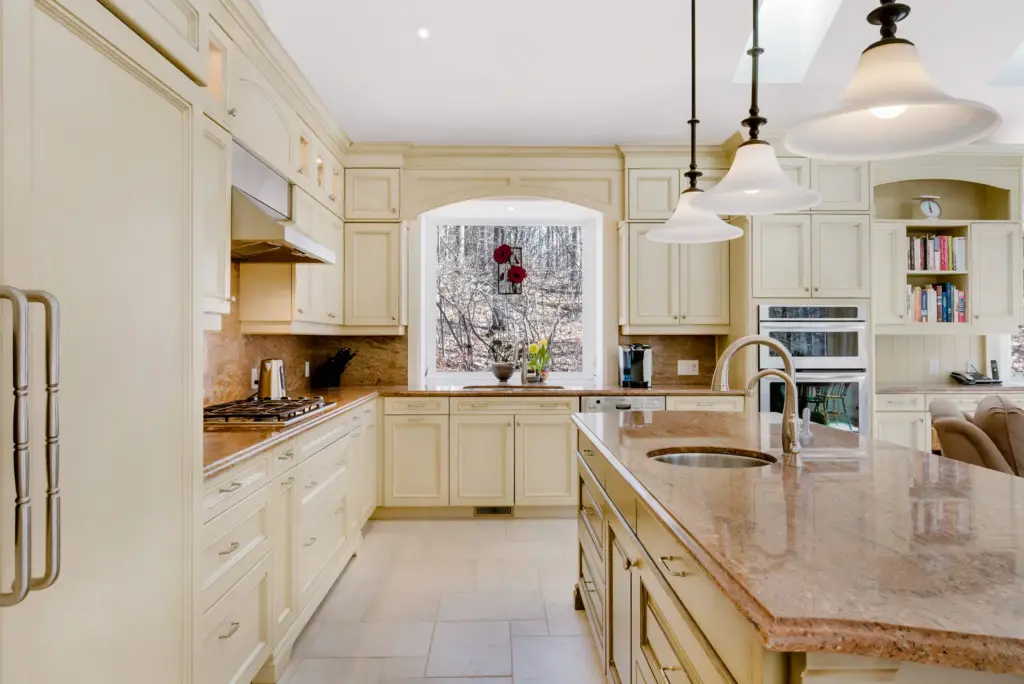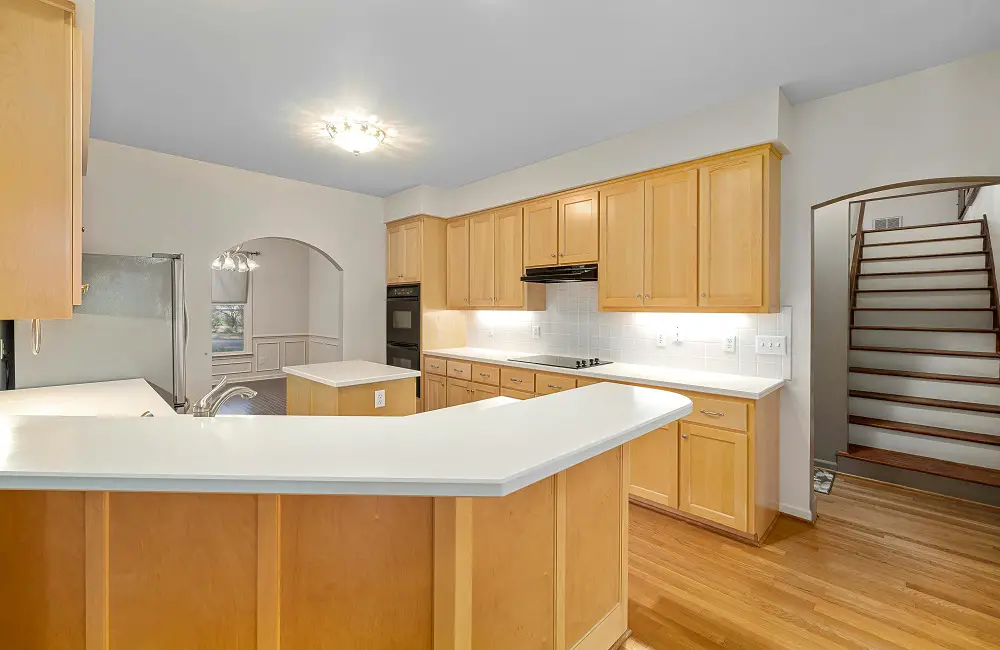To be quite honest, this is a list of all the mistakes I made when painting our bathroom cabinets for the first time rather than a how-to guide on painting cabinets. which, in my perspective, were fantastic lessons learned. However, once I’m a little more comfortable with my method, I’ll probably write a comprehensive tutorial.
It would be an understatement to say that this cabinet painting project terrified me. I was so afraid I would damage our bathroom cabinets and end up spending a fortune on paint. I did, incidentally, spend some money on paint. However, that’s alright, lessons learned, right?
What specifically are the cabinet painting faux pas that I discovered the hard way?
Cabinet Painting Mistakes and how to avoid them
Not Labeling Doors
I totally disregarded the professional suggestion to identify the cabinet doors after removing them because I was so excited to begin our latest project. I didn’t understand how much of a hassle this error was until after I had painted everything and attempted to reinstall all of our doors and drawer fronts.

The doors and drawers were misaligned, causing us to spend an excessive amount of time trying to realign them with their original hinges. If I had labeled the original source of each one, I could have probably saved myself at least an hour.
Not Properly Prepping
I think I did a very excellent job on this step, but it’s still important to highlight because, when it comes to painting cabinets, this is by far THE BIGGEST mistake I’ve seen people make when they do DIY projects for the first time. It takes up the most time throughout the procedure as well.

All surface surfaces that are going to be painted must be thoroughly cleaned, degreased, and sanded to guarantee that your paint will stick.
Not using Primer
Despite what some how-to guides may tell you, you should always apply primer before painting your cabinets. Similar to the preparation work, I took care to not omit this step. However, I’ve seen what occurs when you do.

One of the main causes of paint not adhering to cabinets is improper priming. It’s excellent at preventing stains and tannins from penetrating through lighter paint colors, in addition to ensuring that your paint adheres to the cabinets’ surface. One of the greatest methods to prevent paint from eventually peeling off cabinets is to prime them first.
Sanding too much
This is more of a time waster than an error, in my opinion. When I originally started painting our bathroom cabinets, I mistakenly believed that in order to expose the raw wood, you had to sand down past the stain. I took a picture of my work because I was so proud of my sanding efforts and forwarded it to my friend, who also happens to be a skilled cabinet painter.

She quickly informed me that all I had to do was roughen up the surface in order for the primer to stick, and that I was lucky not to be painting my cabinets white because all the extra sanding I had done might have allowed the light paint to seep through to the wood.
You could argue that trying to paint cabinets without sanding at all is probably just as harmful as oversanding them.
Using Cheap Tools
You must be prepared to spend money on some quality tools for your job if you want to learn how to paint cabinets like the pros. During my DIY endeavors, I’ve gone through two reasonably priced paint sprayers, but they both broke, and I didn’t feel like shelling out a lot of money for a new one for this task.
I bought a very inexpensive spray gun, and I was rather dissatisfied with the paint’s finish because you get what you pay for. My project took weeks longer to complete as a result of using this inexpensive gear because I had to keep fixing uneven spray jobs and sand and repaint multiple times.

Invest in a good paint sprayer to save yourself the headache. Nothing beats spray painting your cabinets to get a glass-like surface, even with the best cabinet painting roller you can buy.
Using Cheap Paint
You will pay a little bit more for the best cabinet paint, but the benefits are well worth it. I’ve probably read evaluations of at least a hundred cabinet paint products. However, if you believe a cheap kit from the hardware store can give you a nice look, simply run.
Not Letting the Paint Cure Long enough
When painting cabinets, get ready to play the waiting game. Be sure you follow the manufacturer’s directions regarding drying time before attempting to sand in between layers or add second coats.

Your paint job could get damaged if the paint hasn’t completely dried and hardened. Or even worse, being so eager to apply a second coat that I tried to manually sand down a gummy surface. I didn’t realize till much later that my paint doesn’t really cure for a complete thirty days! That’s more for regular use than just a quick recoat, though.
Therefore, give yourself a little more time to let the doors and drawers dry completely before installing them, or else you risk scratching and scuffing them.
Applying the paint too thick
I wouldn’t have had to learn this lesson the hard way if I had utilized better tools the first time. Applying paint in thin, equal layers will help you avoid longer drying times, uneven finishes, and even worse, drips, streaks, and bubbles.

After finishing our bathroom cabinets, I did some more research and bought a fine paint spray tip for my sprayer to make the paint apply more evenly and lightly, rather than in big, globby globs. I’m fairly certain that the next time around, I won’t wind up with huge bubbles like this.
Rushing the process
Refinishing cabinets is a task not to be undertaken lightly. You sometimes need a strong sense of humor in addition to a great deal of patience and perseverance. However, if you pace yourself and approach the process step-by-step, you’ll be able to see all the small flaws and take prompt action to remedy them before the paint sets.

I wouldn’t have had paint drips that needed to be sanded off and necessitated reapplying paint to the entire surface if I had taken the time to thoroughly inspect each door as I sprayed it. thereby resulting in further financial outlay.


